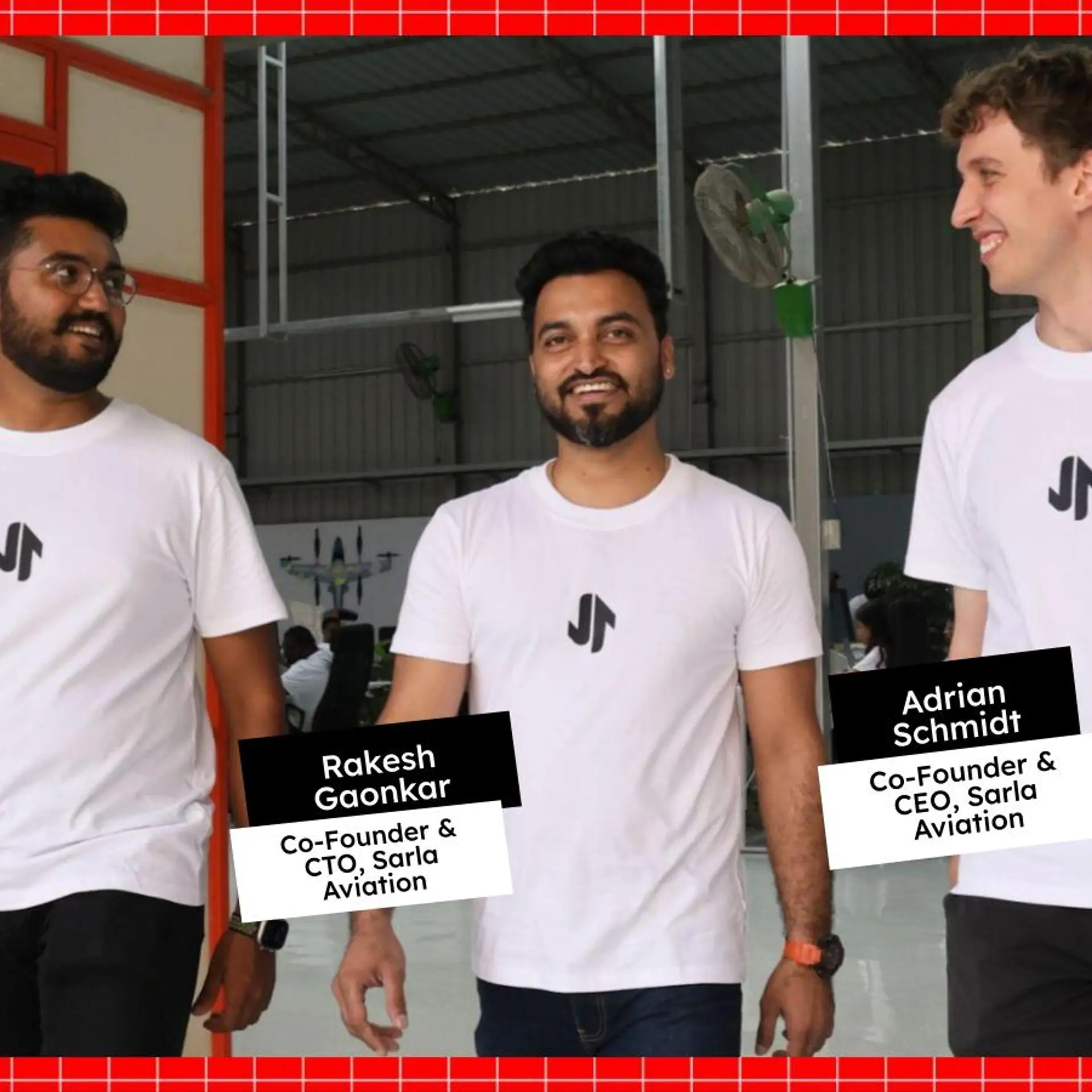How the manufacturing sector aims to lead innovation in India till 2030
Today, Bharat’s capabilities, both through the lenses of talent and technology, have positioned it as a global manufacturing powerhouse.
Bharat is a land of opportunities, and this narrative has only amplified in the last decade. I have seen the growth and adoption we have been able to drive as a nation across aspects such as artificial intelligence, big data, sustainability, and more.
Primarily perceived as a service-driven country, India has slowly transformed into an economy, leading product and technology innovation. Policies around Make in India and Aatmanirbhar Bharat have played a key role in driving India’s visibility in the global markets.
According to James Sullivan, Asia MD Asia Equity Research at JP Morgan, “This massive increase in India’s GDP would be possible because of manufacturing contributions rising from 17% to almost 25% paired with exports doubling to more than $1 trillion”.
Today, Bharat’s capabilities, both through the lenses of talent and technology, have positioned it as a global manufacturing powerhouse. Rightly so. for Bharat to reach a $7 trillion economy by 2030, we need to build on our manufacturing resilience and innovation.
Bharat’s manufacturing prowess and its resiliency
The COVID-19 pandemic was an eye-opener for global economies when it comes to the fragility of the world’s supply chains. Whether that be in the medical industry, energy, automotive or the telecom sector—the supply chain for the globe was under scrutiny.
This has prompted global organisations to relook at their supply chains and manufacturing strategies. For example, we are already seeing Apple and Micron Technologies adopt a China plus one strategy, and it is primarily driven by the strength and resilience of our manufacturing sector. We stand out as a potential manufacturing powerhouse on the cusp of truly realising its promise.
Why is India such a lucrative manufacturing market?
The global manufacturing landscape is intensely competitive. To stay ahead, companies must continually innovate and adopt the latest technologies. It drives a perpetual cycle of advancement, and Bharat is at the forefront of this manufacturing revolution.
According to PwC, India's industrial products and manufacturing sector has seen the maximum adoption of AI and ML over the last two years.
This tech-first manufacturing is the future, and we will continue to see new use cases and greater adoption in years to come to create a better ecosystem of smart factories.
Smart factories: Increased efficiency and reduced waste
I have heard customers question whether the investment versus the RoI on smart factories justifies the debate. But the pandemic has clearly shown us why smart factories will be the future.
With AI, IoT, robotics, and data analytics being integrated into the core of manufacturing processes, we are seeing a new era of production processes and increased productivity, efficiency, and output from Bharat’s manufacturers.
For example, we now have predictive maintenance systems powered by AI that can detect potential equipment failures much quicker, thereby reducing downtime and improving efficiency.
Similarly, with IoT-powered systems, we can create an environment where data is shared, analysed, and used in real-time.
Clearly, the manufacturing sector is the heart of innovation.
Sustainable manufacturing: A way into the future
The days of the ‘take, make, and dispose’ model of manufacturing are over. Escalating climate crises globally, and the steady depletion of finite resources have pushed businesses to rethink their production and manufacturing strategies.
Sustainability is not about being in the ‘news’ any longer, but a blueprint for a resilient, responsible, and prosperous future—and the manufacturing sector is leading this transformation.
Environmental impacts aside, sustainable manufacturing makes economic sense too. Contrary to the misconception that eco-friendly practices are costly, embracing sustainability can drive operational efficiency, reduce waste, and lower energy consumption.
Not just businesses, but societies and regulators are now demanding sustainable practices be implemented across industries, and we are seeing global organisations take charge, comply, and innovate.
The manufacturing industry is a key driver for economic growth and job creation.
Prime Minister Narendra Modi has spoken multiple times about the need for Bharat to be an economy of job creators, rather than job seekers, and the manufacturing sector is going to be a key enabler.
While aspects and challenges such as cybersecurity, skill gap, and many others need to be addressed, no doubt, the manufacturing sector will lead innovation for decades to come. I want to end my opinion with a quote—
“Unlike the objective of far too many companies, manufacturing is not about a quick 'exit.' It is centred on long-term value creation.” - Hamdi Ulukaya
Naivedya Agarwal is the Co-founder and CEO of Runaya Group.
Edited by Suman Singh
(Disclaimer: The views and opinions expressed in this article are those of the author and do not necessarily reflect the views of YourStory.)









